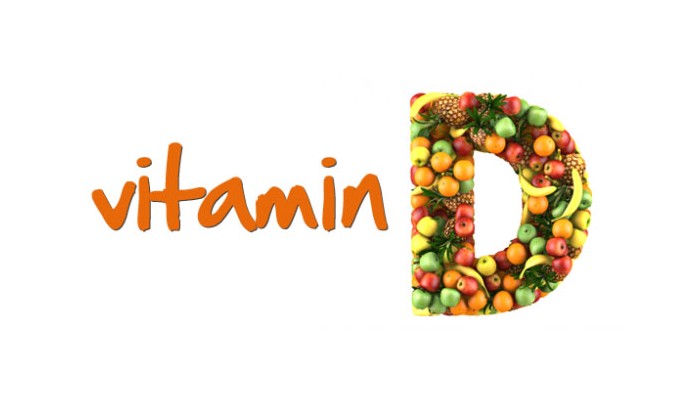In neurology, vitamin D is important in two settings: epilepsy and multiple sclerosis.
The older enzyme-inducing anti-epileptic medications, such as phenytoin (Dilantin) and phenobarbital, are no longer widely used in the US. They increase metabolism of vitamin D, resulting in lower levels and thereby increase bone density loss (osteopenia) which increases risk of fractures, especially in post-menopausal women. Carbamazepine (Tegretol) and valproate (Depakote) carry the same risk but are still widely used. For many years, high dose vitamin D has been thought to be protective.
Low vitamin D levels increase the risk of being diagnosed with MS and possibly worsen the clinical course. Some MS specialists believe that levels of 75 or even higher should be the goal even if doses up to 10,000 units a day are needed. Many internists would disagree, citing risk of kidney stones, and argue for levels of 30–40.
Surprisingly, a new study concludes that this issue is moot because vitamin D doses as high as 10,000 units and levels as high as 125 are not, in fact, better than 400 units as measured by bone density tests. These results do not apply to MS where the goal is modulating the abnormal activity of the immune system.
While the jury is still out, taking 1000 units may be prudent.
See JAMA 2019. Lead author is Burt. Also see Neurology Today, October 3, 2019.


Leave a Reply